Sauerkraut is a well disguised super hero. Cloaked in cabbage and a fermented glow, Sauerkraut is a dish that is not only delicious, but is very easy to make and gives us some very pleasant nutritional boosts.
China, with its amazingly rich and ancient food tradition seems the source of picklin’. It is said that traders brought many of their tasty pickles and fermented fare from the Far East to Europe. ‘Sauerkraut’ is the German name for fermented cabbage, the French call it ‘Choucroute’ and British people just call it “Fermented YUM”.
The fermentation of Sauerkraut involves a number microbial species; one creates an acid environment for another to thrive and the process continues until the ph is acid and we are left with the perfect conditions for pickling a cabbage. You just need to form a decent brine, cover the vegetable with it and leave it until you like the texture and flavour. Any kitchnen will have the equipment necessary to produce a decent ‘kraut and you can play around with the veggies, mixing and matching different combos.
This time of year, early Autumn in North Wales, is the perfect time for Sauerkraut making. All the ingredients we use here are bang on seasonal and we’re stocking up our larder for another long winter time, when vividly coloured sauerkraut is a pleasant surprise to unearth (not that we’ll be here, we’ll be in Turkey!!!!!!!). A ray of purple light in the chilly grey gloom. We like the addition of apples here, it gives a hint of sweetness. Beetroots are also doing well up here and a little caraway is always welcome to the party, giving things an unmistakeable, East Europe feel (where this kind of preserving behavior is very popular). Red cabbage makes an appearance to add even more colour and a backbone. Proper cabbage-ness.
The process may seem a little long winded, but I’ve tried to simplify it down and make it accessible to the ‘kraut curious.
This recipe is lifted, with a few BHK modifications, from the brilliant book ‘Wild Fermentation‘ book by Sandor Ellix Katz. We are really getting our teeth into all things fermented at the minute, coming soon, the easiest Apple Juice Hooch imaginable (you almost have to do nothing to make home crafted booze!) and a really simple Kimchee recipe.
If you are avoiding salt, there are many salt-free sauerkraut recipes out there. We are yet to try them, but they will definitely be interesting!
You can add virtually anything to sauerkraut and it tastes good (this is not a challenge!); different herbs, spices etc. We’re just sampling an Indian spice stylee version (you will not be surprised to hear!!!!) Can’t wait for the pokey results.
Fermenting and conserving vegetables using brine is something that once picked up, will be a constant source of inspiration in the kitchen. Making things like the glorious Kimchee or pickled onions/ gherkins is a not to dissimilar technique and of course, homemade stuff tastes leagues better than our shop bought friends. Once you start picklin’ and preservin’, its hard to stop (strange as that may sound).
Get your ‘kraut on!
The Bits – Makes roughly 1 kg of ‘kraut
1 medium-sized red cabbage
2 beetroots
1 red onion
(roughly grate these)
1 apple (cored and sliced)
2 teas caraway seeds
2 tbs sea salt
Do It
In a deep bowl or pan (preferably with straight sides), add the grated bits, caraway and sprinkle over the salt. Mix in well with your hands, pack down as well as you can.
Pick a lid/ plate that fits snugly over the sauerkraut and place a weight on top. Use kitchen weights, bottles of wine, whatever is handy and weighty. This weight will force the liquid from the veggies and fruit, the salt takes care of the rest via osmosis. The brine will begin to form. As the liquid gradually rises, keep pressing the lid down regularly until the brine covers the sauerkraut (this may take 24 hours). This is what we want. You can now cover this with a kitchen cloth and leave for 2-3 days and let the microbials do their work.
Some cabbages contain less water than others, if after 24 hours the brine is not covering the veggies, add salted water (1 tbs salt per 250ml water). Check the ‘kraut every day or two and skim off any ‘bloom’ that may form. This is technically mould, but is rare and does not affect your sauerkraut as it is protected by the brine.
The sauerkraut is normally ready after 3 days, depending on the heat of the room (the hotter the less time it takes to mature, the cooler the longer it can be left). It should be tangy and crisp.
You may like to scoop some out and keep it in the fridge when it is young and leave it for a few more days to mature, noting the flavour difference and what is your preference. We like ours funky and leave it for 5 days-ish. If the sauerkraut is getting soft, its probably passing its best and should be eaten pronto.
Serve
We’ve been having ours all over the place. Great for picnics and packed lunches, on toast and a nice little surprise package on a plate of salad.
Foodie Fact
Fermented cabbage and other Brassicaceaes (Bok choi, broccoli, cauliflower, Brussels sprouts, mustard, kale, spring greens and many more) have been shown to help against cancer. When the cabbage breaks down, it goes through a chemical shift and the resulting isothiocyanates have been shown to fight the big C.
Sauerkraut juice is also a magical tonic, regarded as a digestive aid second to none.
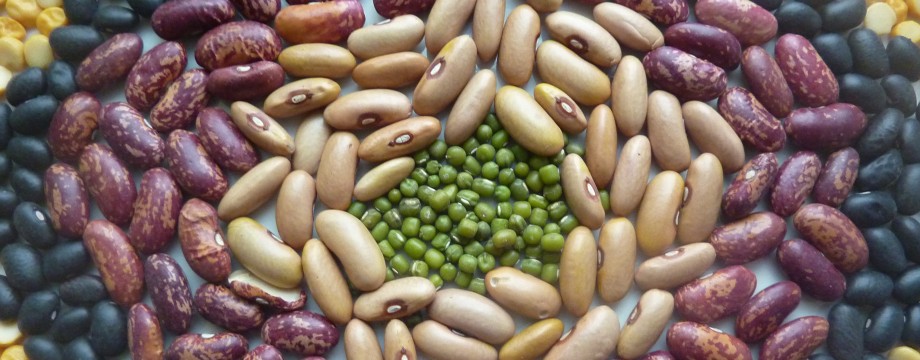
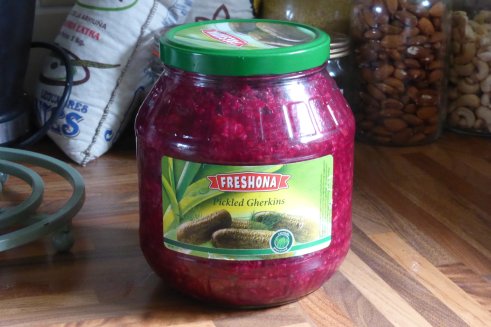












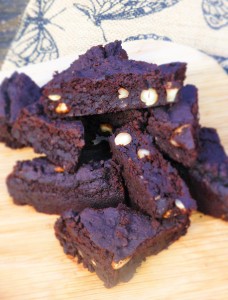
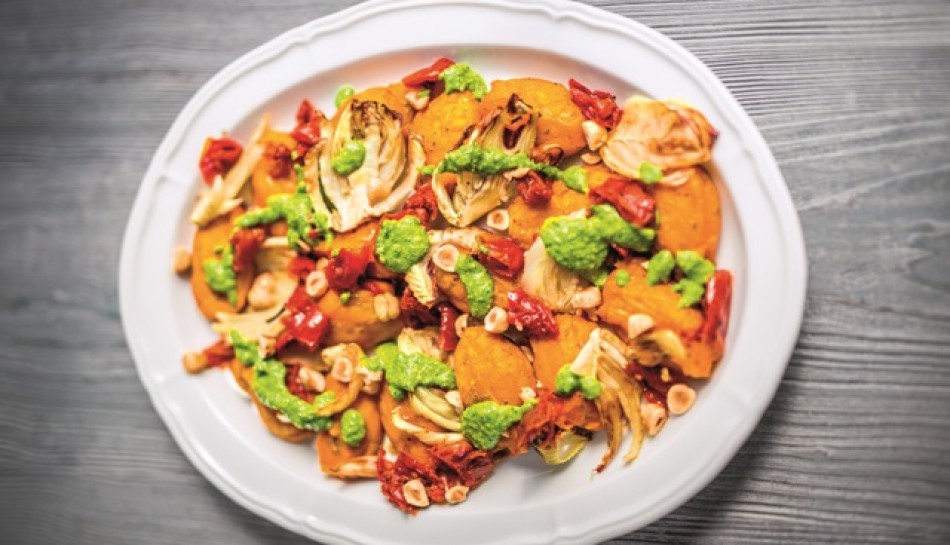




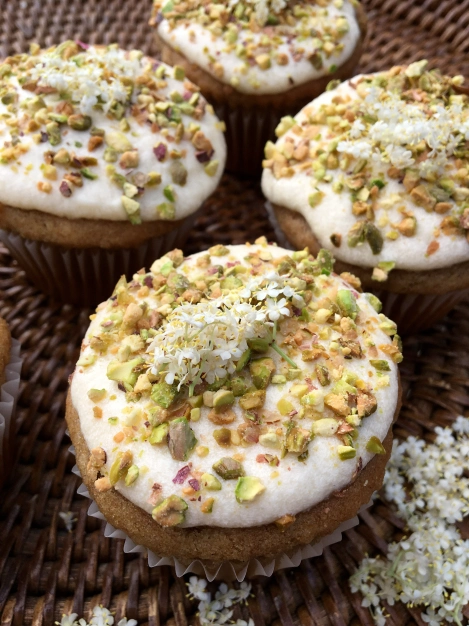




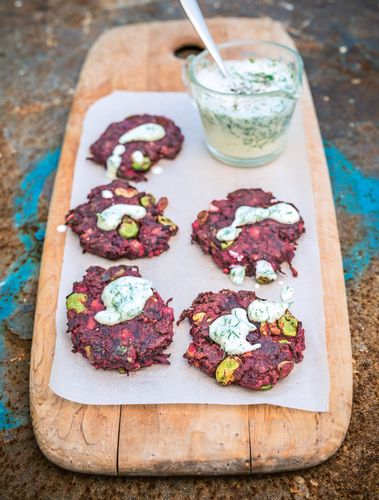
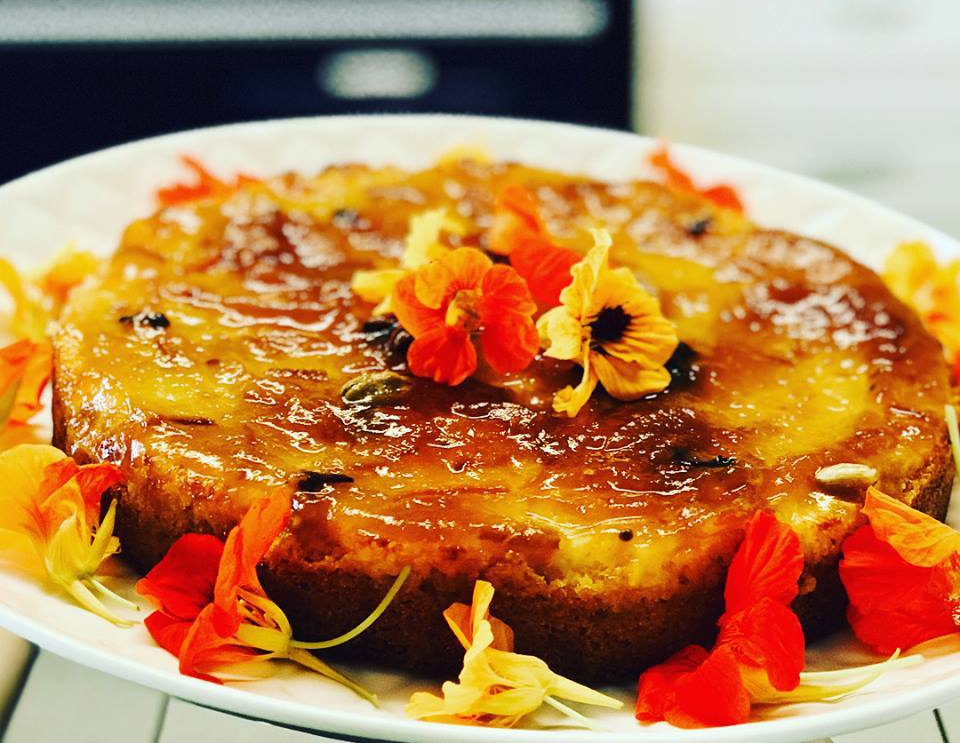
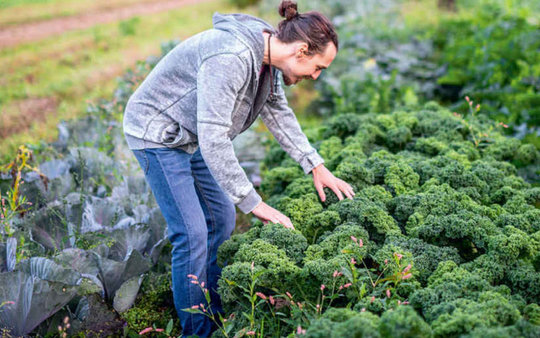

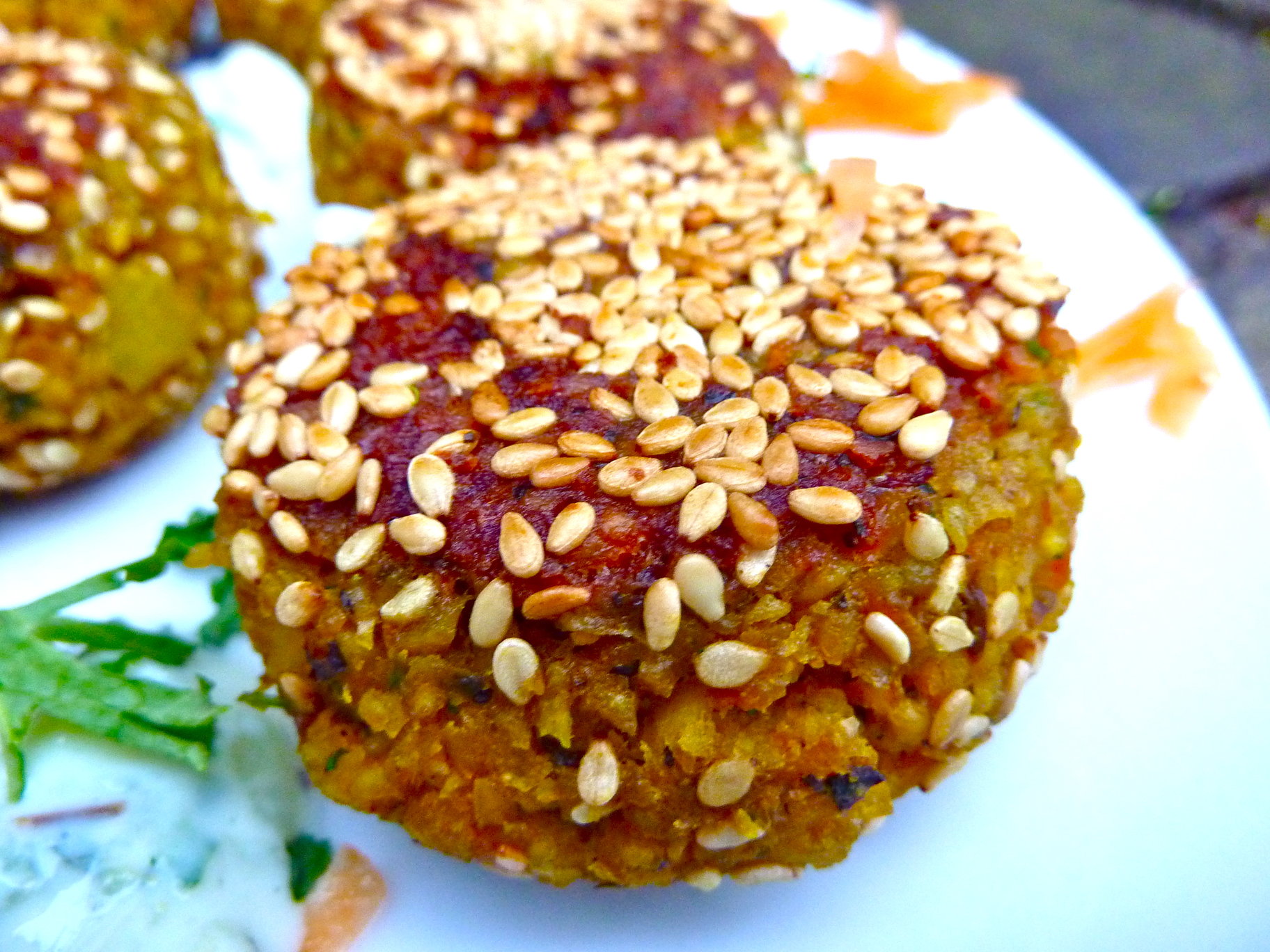






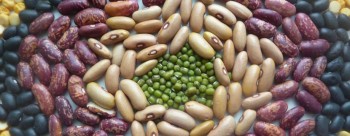

Haven’t tried anything like that before, it looks sweet and creamy.
Give it whirl, but don’t expect sweet and creamy, more like tart and tickly. Peace and parsnips, lee
I will give it a try 😄
Tangy treat 😛
Pingback: Waste Not, Want Not – Our Top Larder Tips | the beach house kitchen
Pingback: Windfall Apple and Oat Crumble – Simple Autumn Classic | the beach house kitchen
Pingback: The art of scrumping and the great British apple | beach house kitchen
Pingback: Kombucha Time! Fermented foods in the Beach House Kitchen | beach house kitchen
Pingback: Lockdown Lasagna – Wild Mushroom, Spinach and Sun-dried Tomato Pesto with Chickpea Bechamel (Gluten-free, Vegan) | beach house kitchen